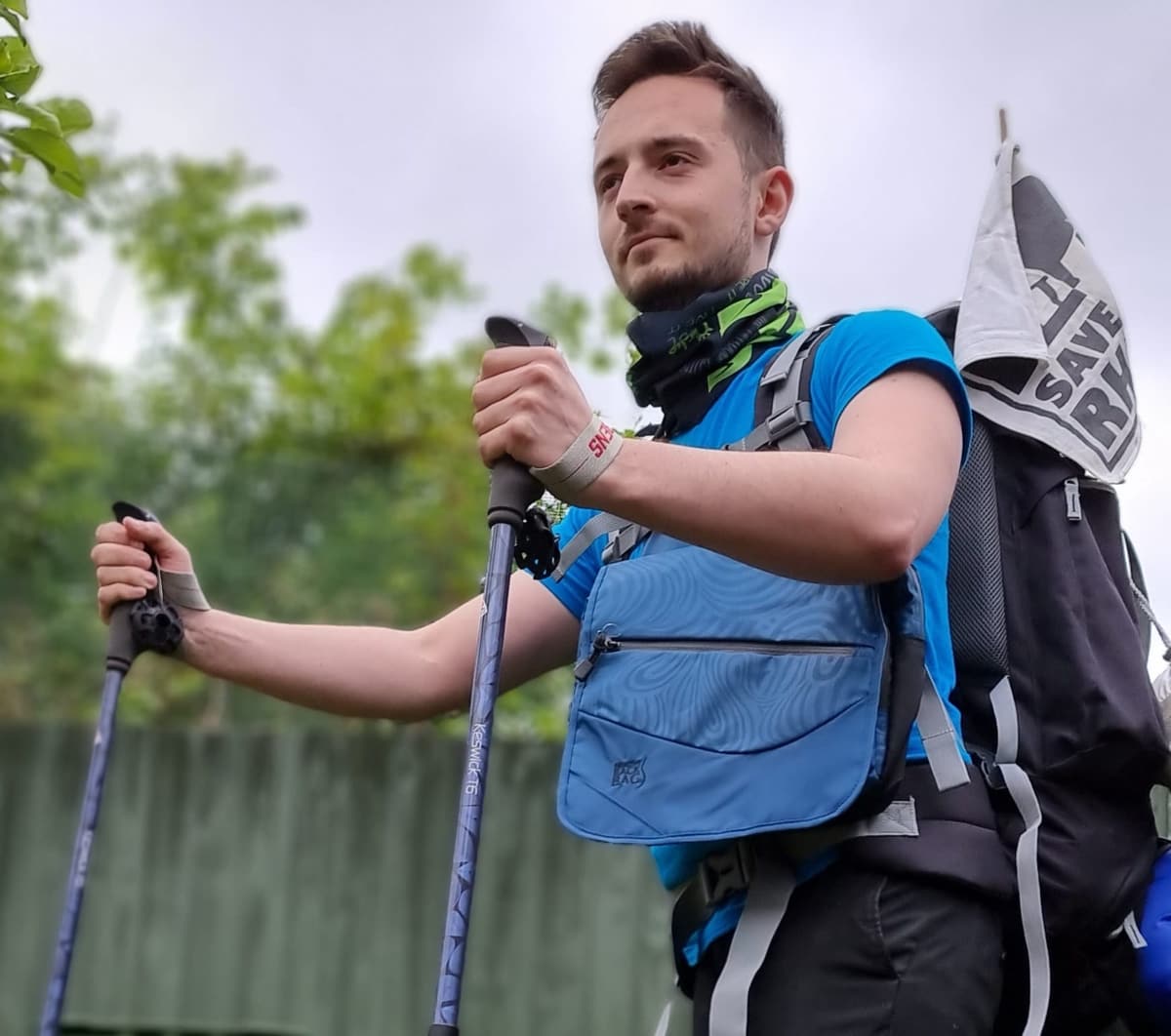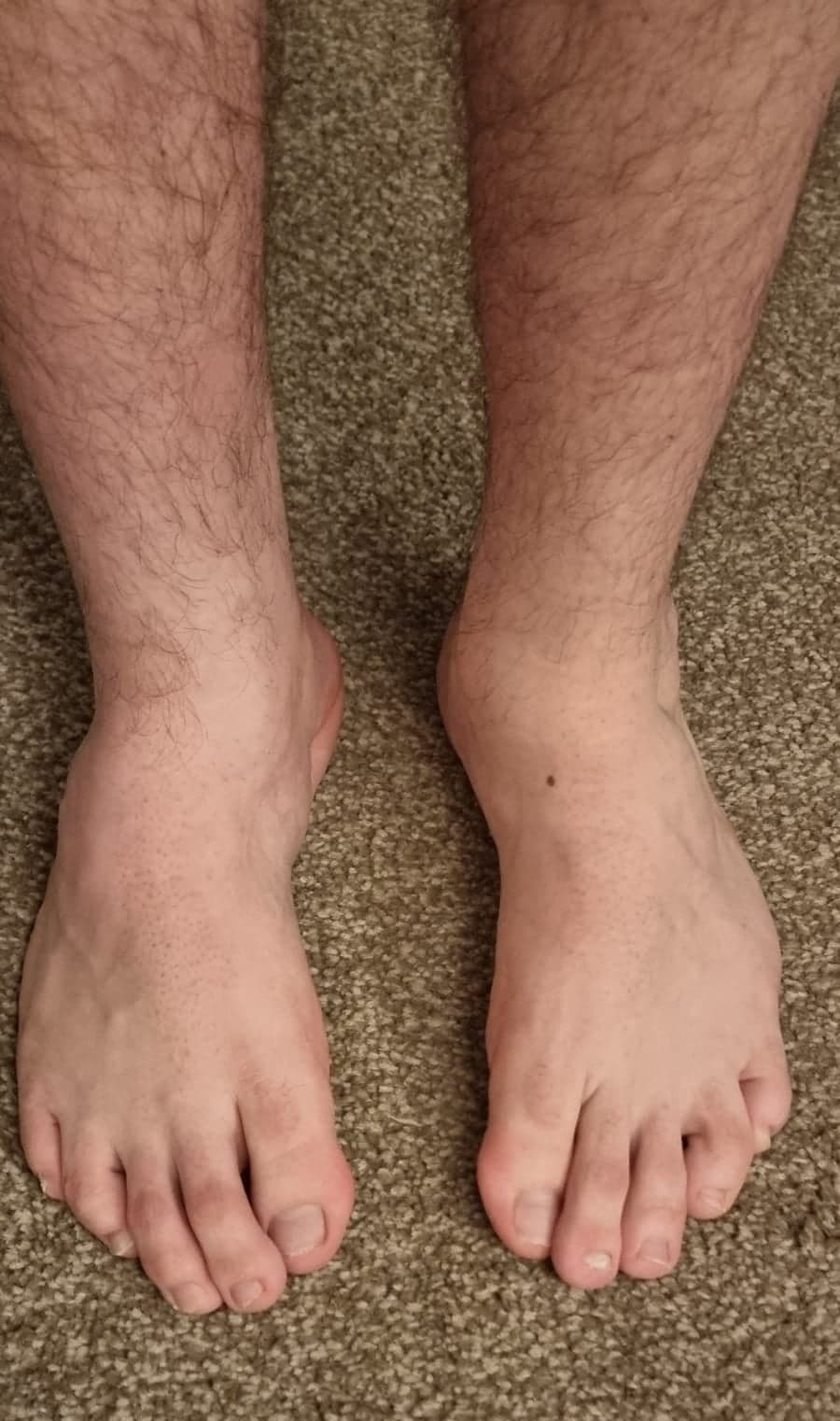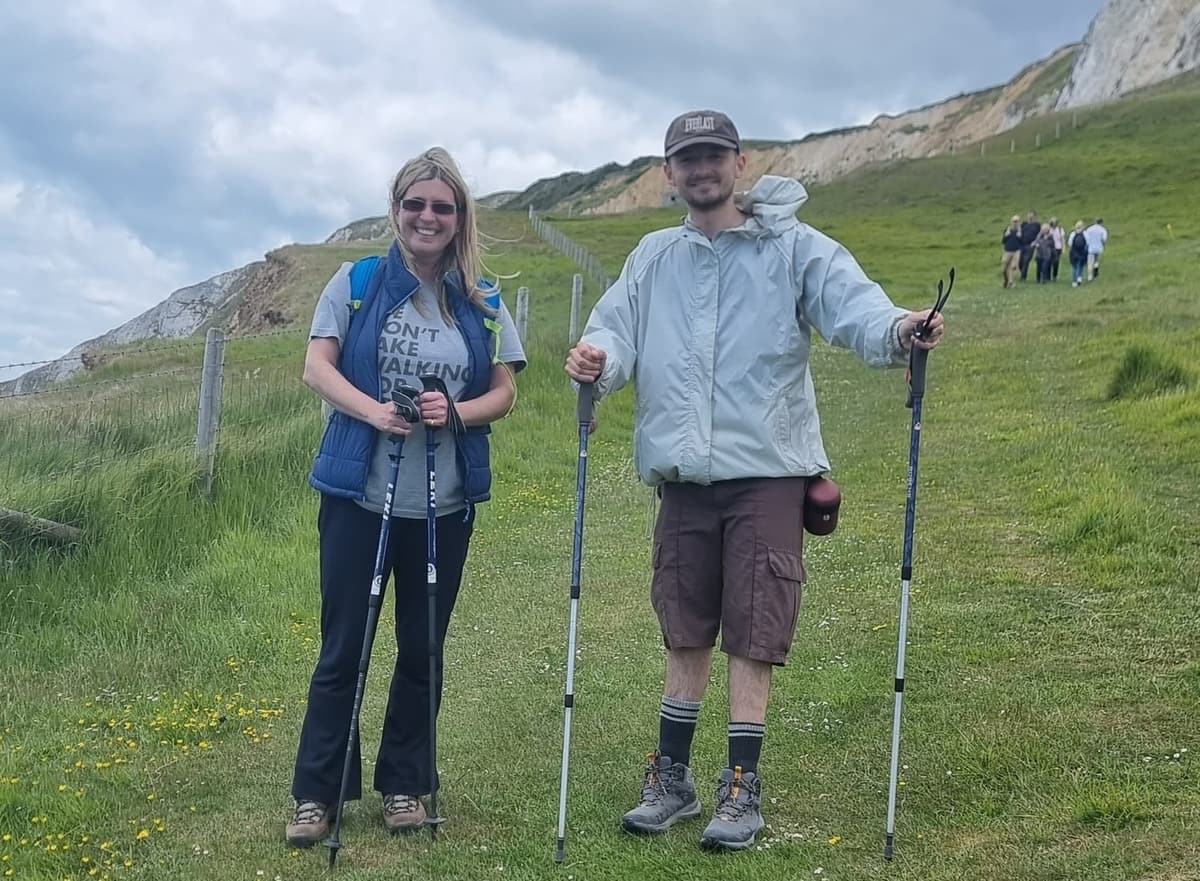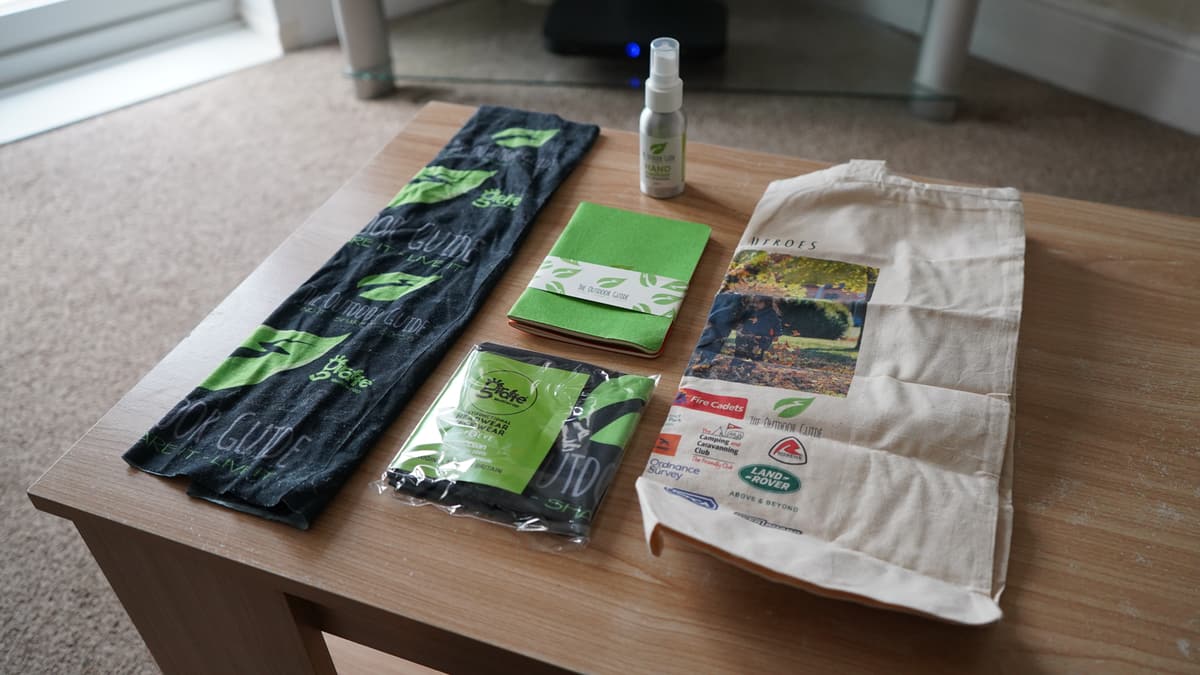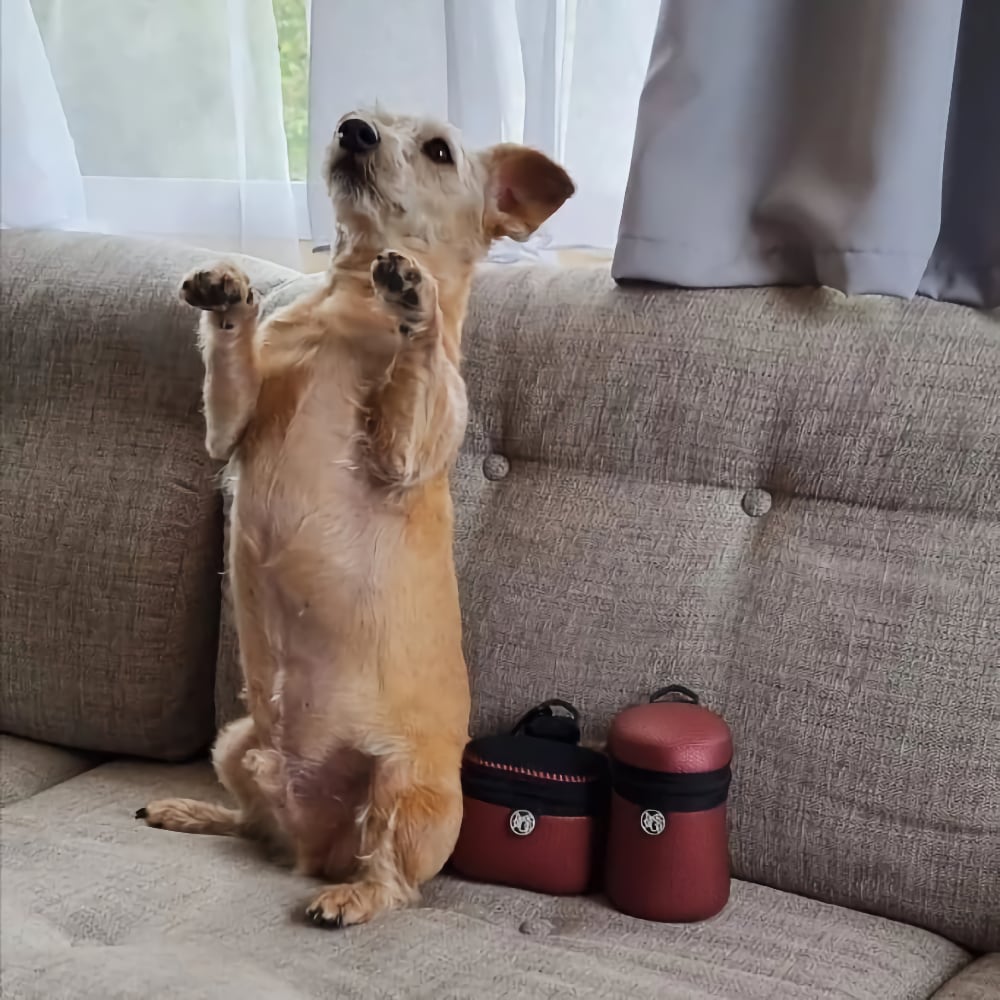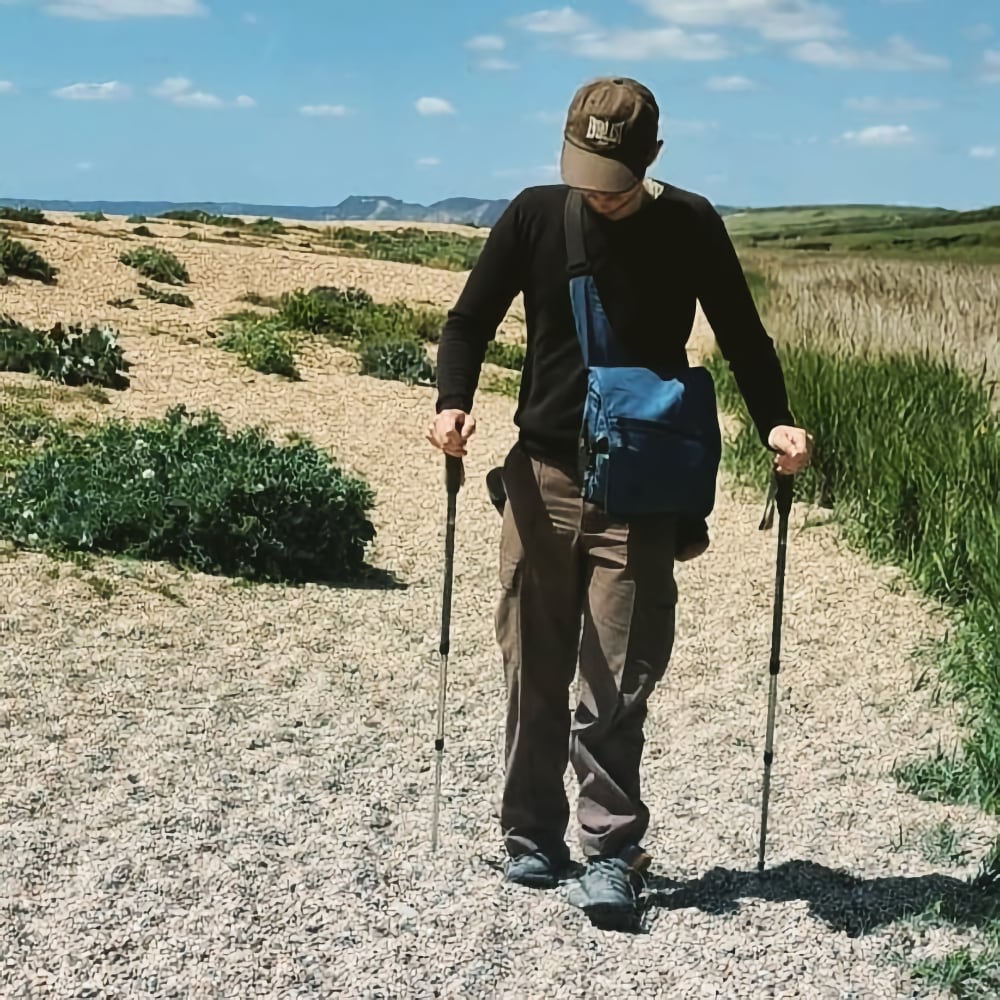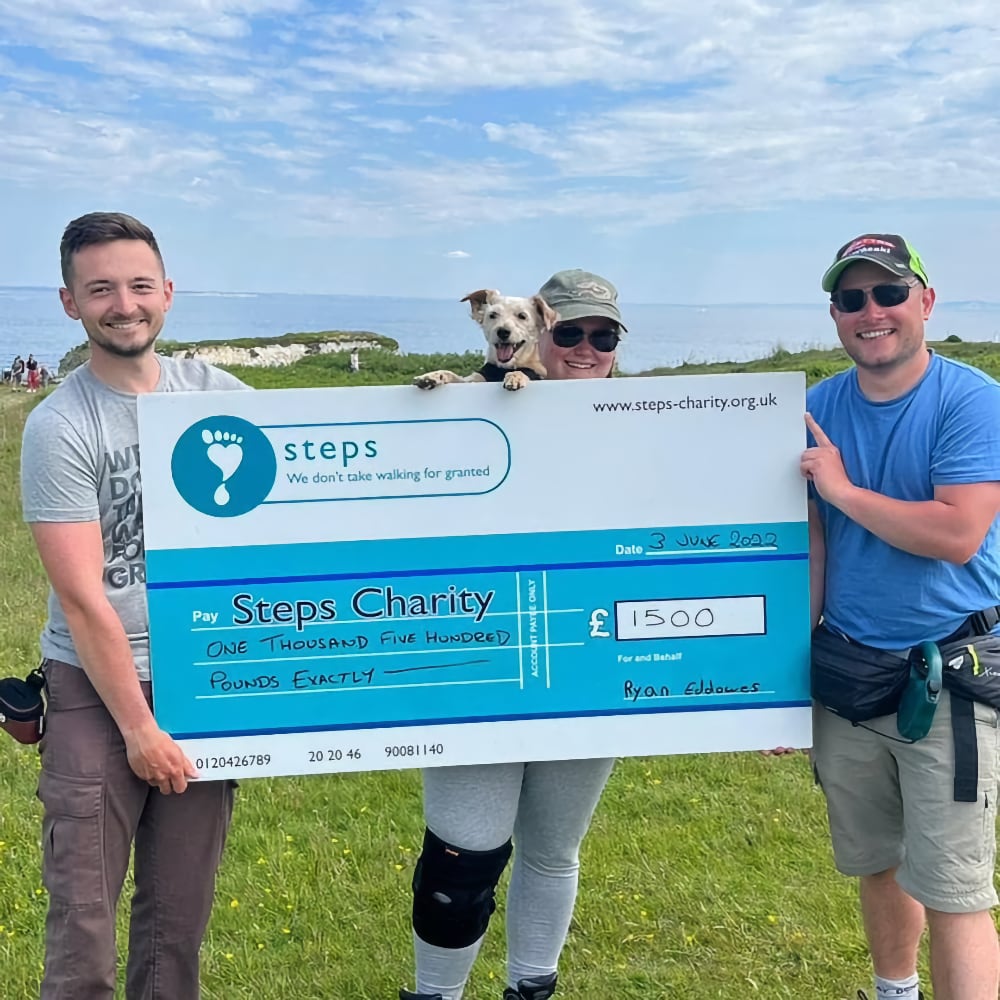My journey as an adult living with clubfoot.
“Hi, my name is Ryan Eddowes, and my aim in life is to make hidden disabilities physically seen”
I was born with Bilateral Talipes Equinovarus also known as clubfoot, I have the condition on both of my feet, this affects my mobility, meaning I find it difficult to walk long distances or stand for prolonged periods of time, due to the shape of the bones, it causes daily pain and discomfort.
Clubfoot is classed as a hidden and common lower limb condition which affects the feet and ankles, causing them to turn inwards and downwards. 1 to 2 in 1000 babies are born with it each year with over 200,000 globally.
In today’s medical practices when a baby is born with clubfoot, they will receive the Ponseti method, which is classed as the golden standard in clubfoot care, as its non-invasive, doctors will use a number of plaster casts to mould the feet into the correct positioning. Unfortunately, when I was born, I received the surgical route, as I was two years too early for the Ponseti method.
I am now part of a generation of adults that received surgery and are now suffering the path of pain, and discomfort, from becoming wheelchair-bound to even having lower limbs amputated.
Supporting Charity
I joined forces with a lower limb Charity called Steps Charity Worldwide, which is an amazing Charity that supports everyone with lower limb conditions such as clubfoot. They’ve for many years supported families whose babies are born with clubfoot, but over the years more and more adults have contacted them about how in the later years, the condition is causing more pain and discomfort.
Being an adult who’s in this situation, I wanted to work with Steps to see how we could campaign together on making a difference to adults who are now finding themselves in financial difficulties, losing limbs due to the severity of the condition and are trying desperately to find ways to be treated.
Walking the Jurassic Coast
Knowing that there are so many adults out there, still living with the condition, I wanted to raise awareness of this and highlight that even though we have a disability we cannot apply for blue badge status or gain financial support. So, I wanted to set myself a challenge to walk the full length of the Jurassic Coast, which was spread over two weeks.
The Jurassic Coast is a beautiful geological rich coastline, it holds a lot of memories for me, as I spent a lot of my family holidays visiting various sections of the coast. It was here where I found my passion for nature and the environment, by searching for fossils and visiting Natural History Museums with my grandparents. So, it was ideal to plan to set my challenge here.
Coincidently, the Jurassic Coast Trust was celebrating 20 years of being a world heritage site, their aim was to highlight the accessibility of the coast for people with hidden or physical disabilities, and we joined together to see how we could make a difference together.
Thanks also to The Outdoor Guide for supporting me on my walk and helping to raise awareness of clubfoot. The Outdoor Guide aims to highlight accessible walks across the UK for people with hidden and physical disabilities. So, I had a phone conversation with Gina who runs The Outdoor Guide along with her sister Julia Bradbury (TV Presenter), after expressing my aim, they wanted to support and back my efforts in raising awareness of clubfoot, Gina very kindly sent me equipment and products to use on the walk. This also included equipment provided by some partner companies of The Outdoor Guide, because of Gina’s relationship with them, they all wanted to support me in raising awareness of clubfoot.
In this picture, Taz is showing of his new pouches, which were supplied by a partner company from The Outdoor Guide called Dicky Bags, they wanted to support myself and my dog as we trekked across the Jurassic Coast to raise awareness of clubfoot.
Dicky Bags, have a range of treat and doggy poo bags for your little pooch. These bags were amazing during our adventure, as I was able to give Taz little energy boosts with easy-to-grab treats, and a poo bag that allowed me to store his mini business, hygienically until I found a suitable bin.
I am incredibly grateful to Robens a partner company to The Outdoor Guide, who provided me with the Robens Keswick T6 Walking Poles, these were one of the reasons I was able to complete the walk, I encountered many different types of terrain, from rolling hills, steps, sand and pebbles like in the photo above. The walking aids, allowed me to put more pressure on these, so when I encountered the tougher terrains, I had less strain on my legs and ankles. I would highly recommend purchasing a pair of these if you want to access the outdoors.
Also, the blue side bag in this picture was provided by Healthy Back Bag, another partner company to The Outdoor Guide, I used this to put my DSLR Camera in along with snacks and easy-to-access equipment like a first aid kit, wipes and suncream. I’d recommend this, as instead of taking my rucksack of each time to grab things, I was able to nip in and out of my Healthy Back Bag.
Encouraging adults with clubfoot to access the outdoors
I wanted to write this blog to highlight the accessibility of the outdoors with a hidden disability. I also wanted to explain the behind the scenes of how living with Bilateral Talipes, I was able to walk the full length of the Jurassic coast.
Time of year
I planned the walk for the warmer months of the year, this is due to the fact knowing my condition, I can walk better in warmer weather. If I were to of attempted the walk-in wintertime, I would find it very difficult as the cold affects my joints, so walking would be very difficult.
Planning
To walk 95 miles, takes lots of planning, especially if you have a hidden disability like clubfoot, it’s hard to judge how many miles you are able to walk. Then you have to consider having rest days, so I planned to complete the walk in 14 days because at the same time I had to set myself a bit of a challenge. I aimed for approximately 8-10 miles per day, with some days being 4-5 miles so I had some time to rest in the evenings. Even if you’re attempting a shorter walk, always plan for rest stops.
Self-care
Clubfoot requires a lot of self-care to release pressure and pain, at the end of each day, I soaked my feet in warm soapy water, and I then rub cream into my feet to massage them and release the tight muscle tension. While on the walks, if I needed to release tension quickly, I simply removed my boots and socks and I have to tickle my feet, this may not be for everyone but I feel instant relief.
Support
Throughout the walk, I had my friends walking with me, I also had the support of local communities and hospitality venues, they helped transfer our bags, so we did not have to carry them, and we had food supplied and water and plenty of accommodation sites with comfy beds which really helped.
Equipment
Boots are the most important part, buying boots with clubfoot is frustrating. Due to the shape of my feet, it’s difficult to find the average boot that would fit. I normally have velcro shoes, as I have a high arch and shoelaces are difficult to tie, as they can restrict my feet. But on this occasion, I had to find suitable footwear, luckily my friend at work who completes a lot of walks offered me his boots, which to my relief, were the perfect fit. The boot itself had a comfortable layer in the base, with extra padding on the side, which helped protect the bones on the side of my feet that slightly stick out.
“Accessing the outdoors and connecting with the natural world is so important, but being born with a physical or hidden disability, such as clubfoot can make getting outdoors more difficult. But my hope is that this blog will inspire many more adults living with disabilities to re-connect with nature and enjoy the UKs stunning landscapes in a more pain free and stress-free way”

